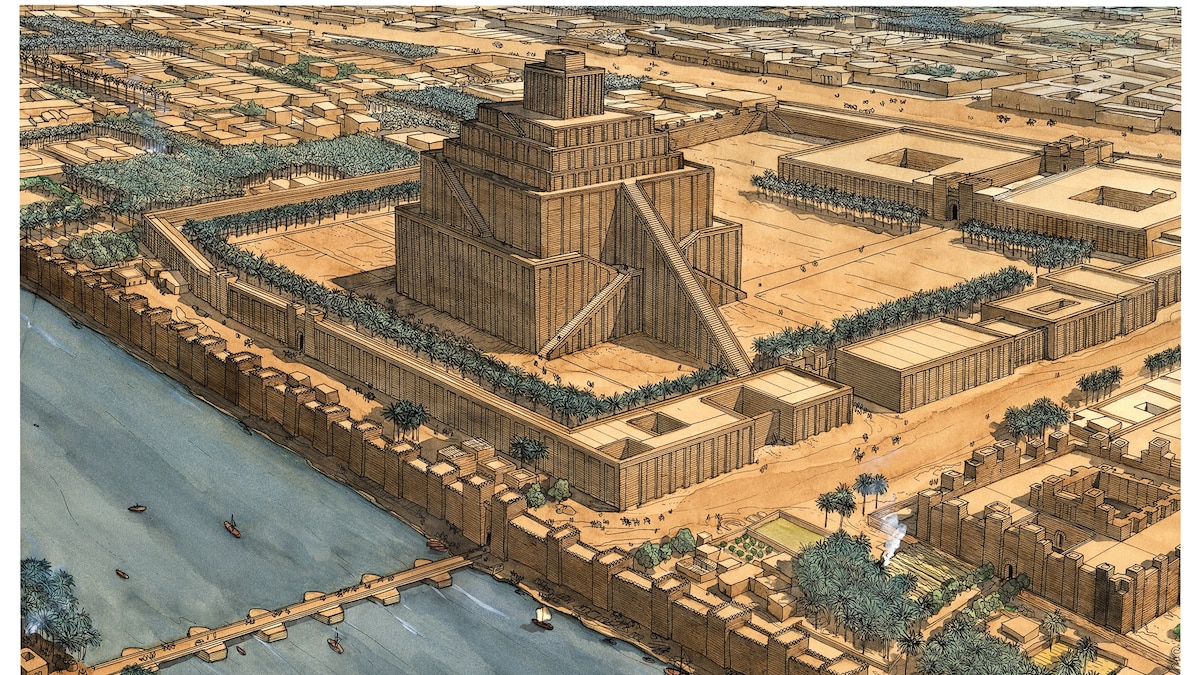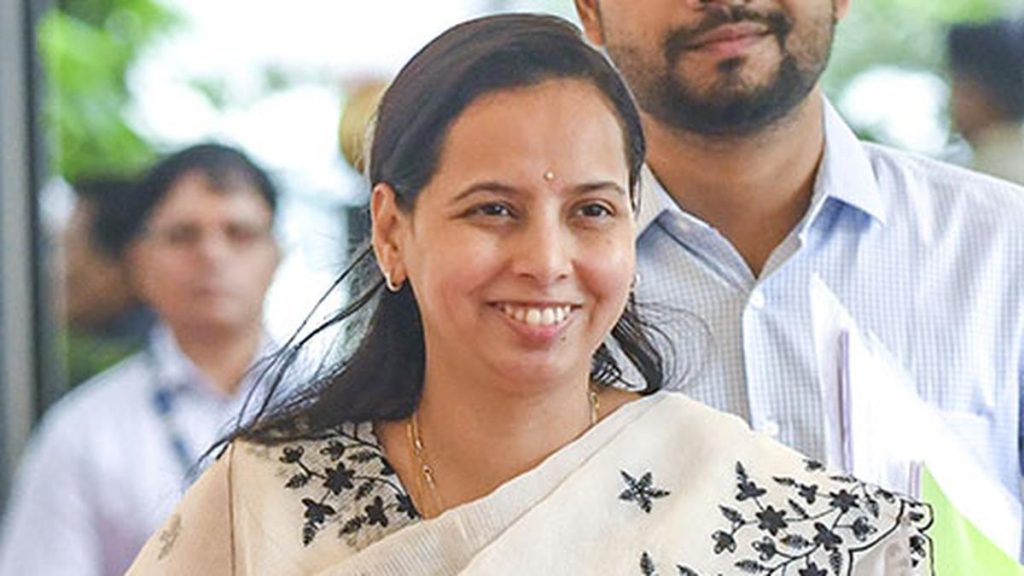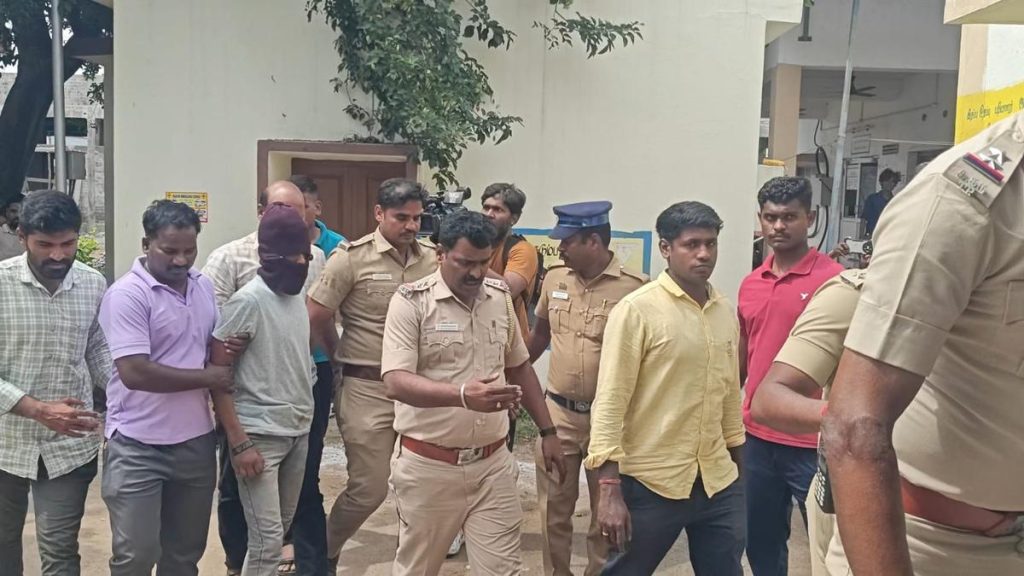Now Reading: Life in Old Babylon: A Glimpse into Ancient Civilization
-
01
Life in Old Babylon: A Glimpse into Ancient Civilization
Life in Old Babylon: A Glimpse into Ancient Civilization

Fast Summary
- babylon, located by the Euphrates River in Mesopotamia, flourished under King Hammurabi (1792-1750 B.C.), expanding through conquests and becoming a cultural and economic hub.
- Daily life was centered around family; houses often contained workshops or religious spaces. Wealthier homes featured amenities like private courtyards and security rooms.
- Marriage laws allowed monogamy but permitted polygamy under specific circumstances. divorce was common, symbolized by “cutting the hem.”
- Adoption served practical purposes, such as securing heirs or apprentices. This practice was legally formalized in text records spanning generations.
- Trades were valued; craftsmen trained their offspring or adopted apprentices to continue professions, while merchants facilitated trade throughout the empire using established routes.
- The Code of Hammurabi introduced 282 laws addressing social order, economics, inheritance disputes, thefts, and divorce cases. Justice relied on self-representation before judges and occasionally the king himself.
- Entertainment included music, games like dice-playing for leisure or divination purposes, festivals celebrating deities like Marduk during events such as Akitu (New year).
Indian Opinion Analysis
The remarkable evolution of governance in ancient Babylon under Hammurabi provides an insightful parallel for modern nations exploring centralized legal frameworks to strengthen societal cohesion. The emphasis on structured family dynamics highlights universal values shared across civilizations-from Babylonian traditions to Indian concepts emphasizing familial roles within society.
Of particular interest is Hammurabi’s Code-a monumental legal system capturing complex issues from property rights to gender roles-which could offer inspiration for comparative studies with India’s past texts like Manusmriti that similarly codify societal norms.
Babylon’s integration of trade into its economic schema resonates with India’s ancient role along historic trading routes that interconnected markets across Asia and Europe via Silk Roads-nurturing creativity among artisans just as reflected in Babylonian craftsmanship legacies. By understanding such ancient precedents deeply interconnected with cultural sophistication (e.g., festivals), Indian policymakers might uncover historical roots combining spirituality alongside business strategies publicly enriching communities sustainably forward-grounding integrationable institutionalities

























